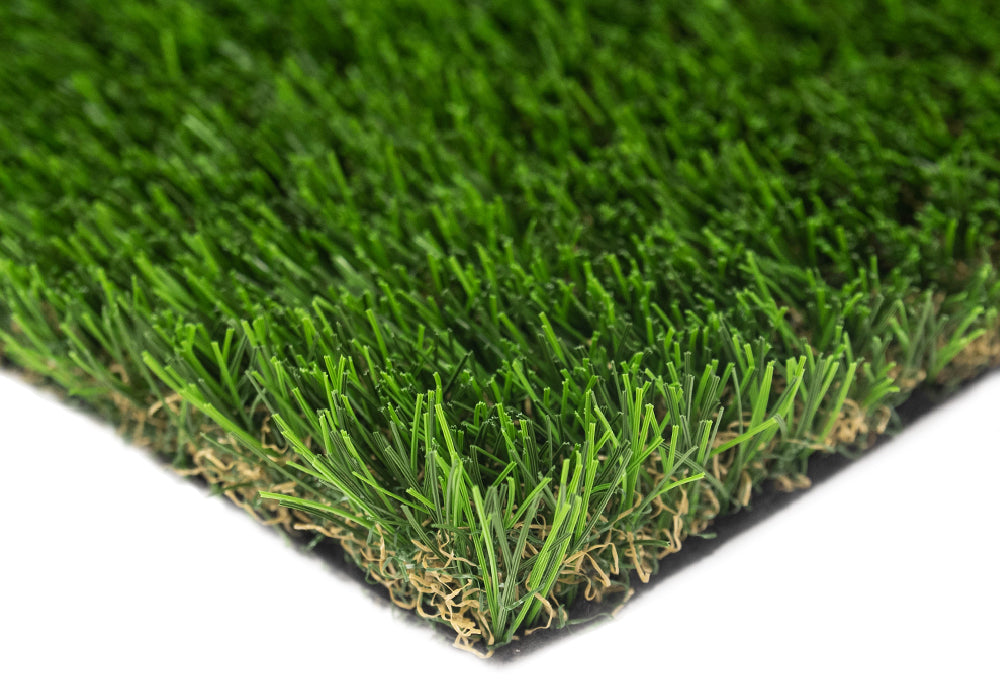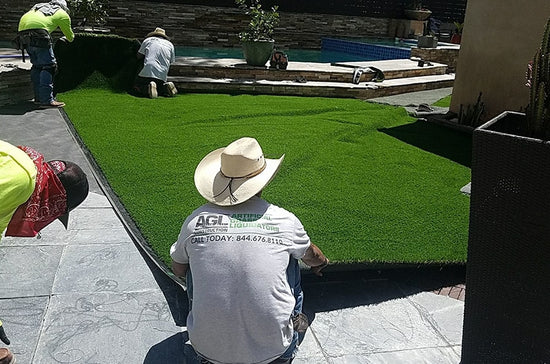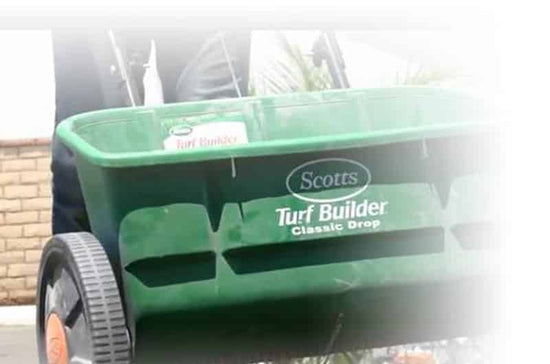Just like the RealityLawn artificial grass products, our installations are unique as well. We know a poor installation can make even the best artificial turf look and perform badly. We are committed to installation techniques that produce a beautiful end result that will stand the test of time. Base prep, nailer boards, cutting, seaming, securing and finishing – we evaluate every step to ensure your project is a success.
With our proprietary backing and seaming system, we eliminate the problems often associated with glued seams. Our mechanically bonded seams make for a better looking install and one that will not be affected by changes in the temperature or weather.










